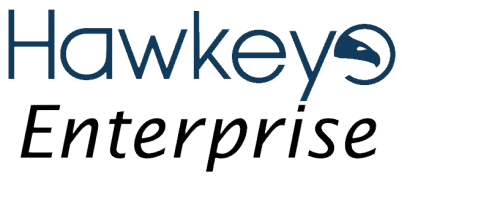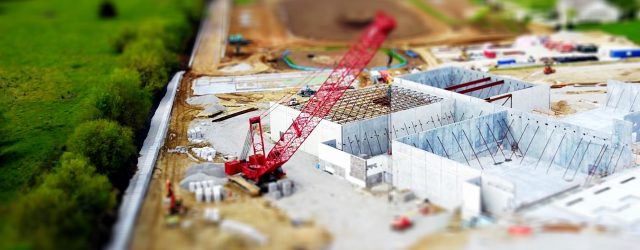PC Responsibilities continued…
Principle Contractor (PC)/ Contractor
If you are directly engaging construction workers or manages construction work, then you are a Contractor as per CD 2015 description.
Similarly to PD, a Principal Contractor (PC) is appointed, only when there is more than one Contractor is involved in a Construction Project. Otherwise, the Contractore shall resume the role of PC as well as general responsibilities of a Contractor.
The PC Responsibilities and duties include:
- Planning, management, monitoring and coordination of health and safety in the construction phase of a project
- Liaison with the client and principal designer
- Preparation of construction phase plan – CPP
- Promote cooperation between contractors and coordinate their work and engagement in health and safety matters
- Provision of site inductions, security and safe access
- Provision of welfare facilities
Each contractor has an obligation to:
- Plan, manage and monitor construction work under their control so that it is carried out without risks to health and safety.
- co-ordinate their activities with others in the project team – in particular, comply with directions given to them by the principal designer or principal contractor.
Multiple CDM roles:
In many occasions, it is possible that the same company takes on more than one role under CDM for a construction project.
For example some organisations can act as Client but also have the capabilities to design and execute the Construction Project as well. Although this is perfectly acceptable under CDM requirements, but in such cases role should still be defined to individuals or departments, to ensure responsibilities are fulfilled as required.
For domestic projects, Client’s duties are passed on to the PC/Contractor. However, if the Client chooses to appoint a PD/Designer, that person could take on Clients duties.
CDM Coordinator
The role of a CDM Coordinator is no longer a requirement under CDM 2015, Most of such responsibilities are carried out by the PD. However, for larger projects, there may be merit in appointing a CDM coordinator as a single point of contact to manage health and safety aspects of the Construction Project




